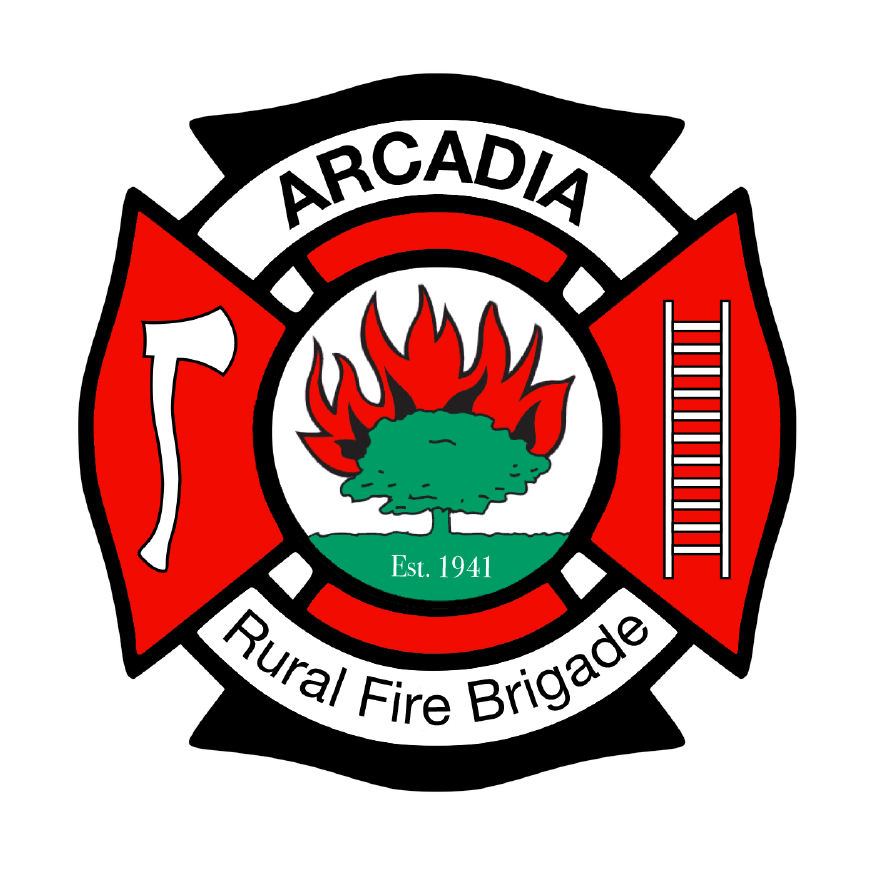Being a skills based emergency service, our members are constantly working to improve their skill sets. The basic level of training to be an active member is the Bushfire Fighter (BF) course. This covers the basics of fire fighting as well as how to use the equipment on the truck, basic radio skills and what to do in the event of an over run emergency (when a bushfire burns past a truck). From that point members can choose to attend the Village Firefighter (VF) course where the focus is on structure incidents and motor vehicle accidents (MVAs). Following this is the Advanced Firefighter (AF) course where there is a greater focus on the theory side of fire behaviour, advanced pumping, mapping skills and fire fighting. Some members will elect to go on and do the Crew Leader (CL) course which gives them the ability and authority to lead a crew in response to a fire call. All of these courses are competency based and members must prove their skills before they are awarded the qualification, and then commit to practice and refine these skills over time. As members proceed in the courses the skills gained at the new level always build upon those of the course before it.
In between the main courses outlined above there are a number of side courses in very divergent directions. Members can work towards a senior first aid or advanced first aid qualification; become qualified in the use of breathing apparatus; use of chainsaws; or combine several of these and attend the Remote Area Firefighter (RAF) course. The RAF qualified members are those that walk in or are dropped in by helicopter with basic equipment to extinguish or slow the progression of a fire in areas that our trucks cannot reach in a timely manner. Arcadia has one member so far qualified as a remote area firefighter.
A new direction for the Rural Fire Service is to train members to help deliver the message that bushfire prevention is dependant on the involvement of the home owners as well as us. There is a course specifically designed to aid in getting this information out there and we have committed to getting as many members qualified as we can so that everyone can help spread the message.
Another important part of our training is familiarisation with the local area and assets within that area. It is important for members to know where we can access water (either through hydrants or a Static Water Supply marked with an SWS sign). In addition to this basic idea, we look at hazards within the local community such as buildings with hazardous materials (eg chemicals at nurseries or flammable liquids at the Berowra Waters marina). We also try to look at hydrant systems at larger facilities such as the schools or places like Vision Valley. Part of this familiarisation can be the development of a pre-incident plan, which is a document with a map of the complex that shows where assets like hydrants are and hazards such as LPG cylinders. These need to updated periodically as the facilities can change. Helping residents with pile burns (approved by the local council) provides an opportunity for us to learn about fire behaviour in addition to helping remove fuel from the property.
Where we can we try to organise training with other brigades in the area so that we are familiar with our neighbours and other areas. The group officers within the district also organise events with a number of brigades to keep our skills sharp, with an annual field exercise day and trophy for the winner awarded at the thank you dinner hosted by the Mayor of Hornsby Council.
All of this training is done in addition to checking the equipment on the trucks once a month, checking and maintaining fire trails, and ensuring hydrants in the street are in working order, and undertaking hazard reductions. The training that the brigade undertakes every Saturday is run to ensure that all levels of skills are covered and you have no doubt seen us out and about working hard; we are a very busy brigade, and wouldn’t have it any other way!
